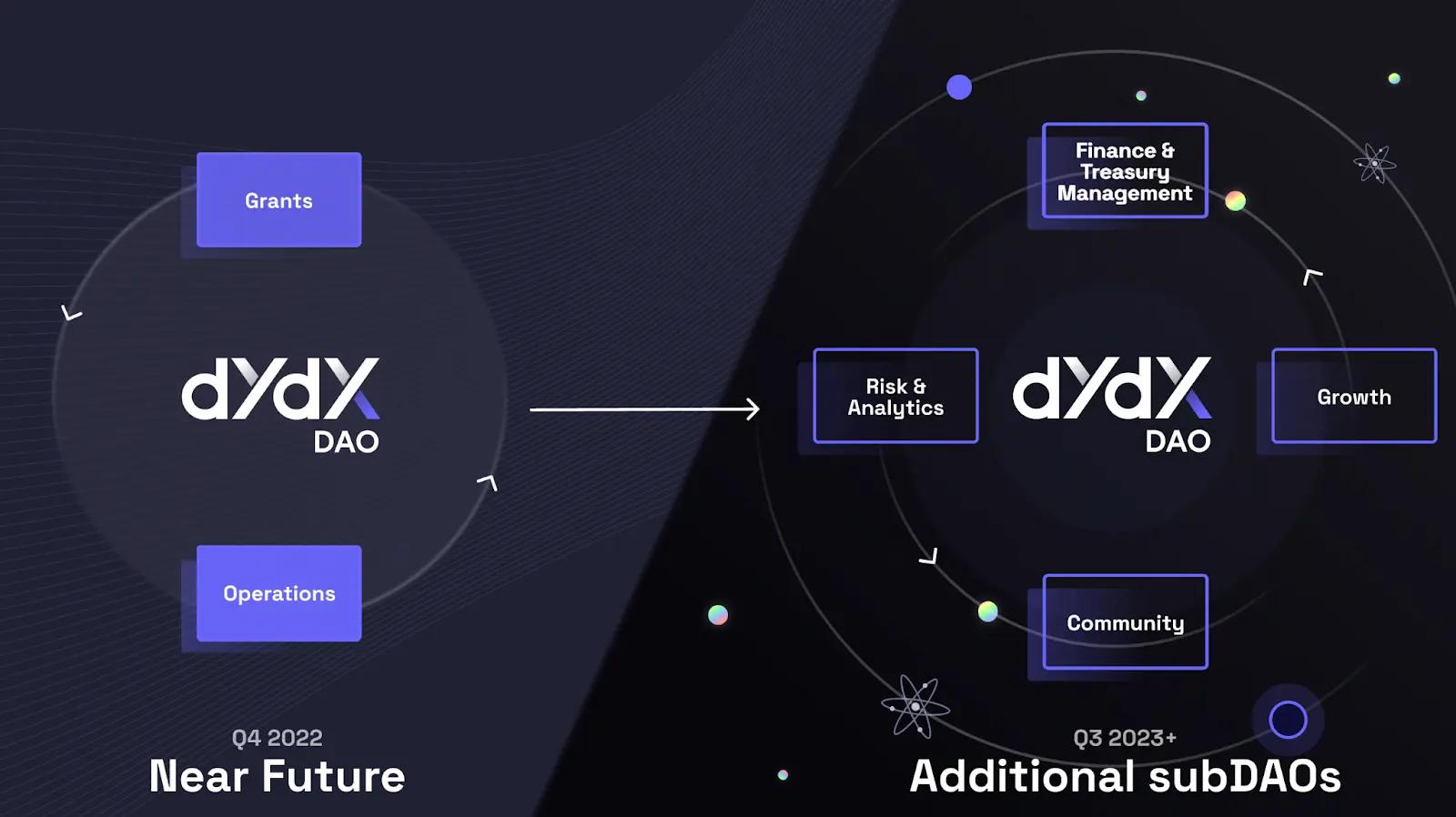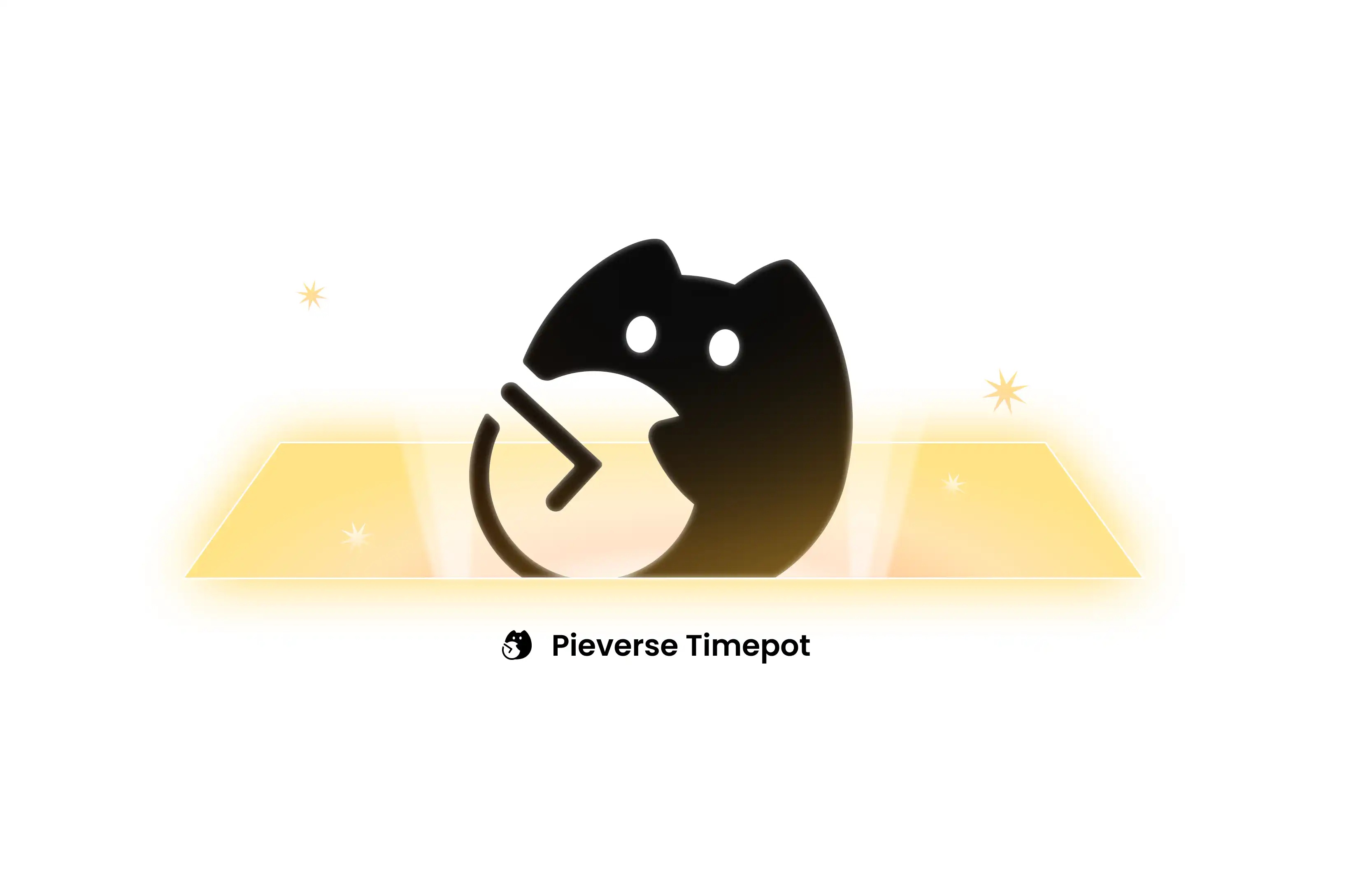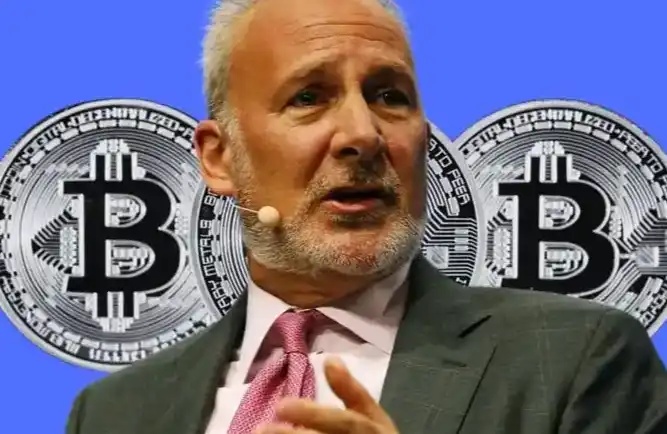Community governance and consensus Creation in DAO from the perspective of dYdX's latest proposal
dYdX's Latest Proposal: Community Governance and Consensus Building for DAOs
The original author: west 昻 cheung, ChainCather
Last week, dYdX DAO formally approved DIP 20, a governance proposal aimed at reducing transaction awards by approximately 45%. Meanwhile, the price of DYDX tokens jumped 30% in response.
The proposal itself is not complicated - reduce trading incentives, save the money and put it in the coffers, leaving the exact purpose to be discussed later. But the underlying intentions of the project and its stakeholders are straightforward:In the longer term interest of the community, dYdX chose to forgo short-term incentives and good transaction numbers.
The "reform" of dYdX's internal profit-sharing mechanism, which ended with 84% in favour and 16% against, did not cause the same uproar as Uni's earlier choice of a cross-chain bridge. dYdX, as the DeFi head project, has become a rare model in the industry for its ability to timely communicate, adjust project development details and medium - and long-term planning with the help of community voting and public governance.
In this paper, dYdX will take several important turning points in the past as a reference to carefully analyze the short - and long-term impact of its community governance ideas on the project, and compare and summarize the challenges faced by decentralized communities (namely DAO) in terms of consensus building and benefit distribution.
dYdX governance development process and important turning points
dYdX offers perpetual contract trading services similar to centralised exchanges such as Binance, with the ultimate goal of building a fully decentralised derivatives exchange.
dYdX was founded in the summer of 2017 by former Coinbase engineer Antonio Juliano. The protocol's first two products, Expo and Solo, were built for margin trading on Ethereum. Seeing the explosive growth of perpetual contract trading on Bitmex in 2019, dYdX decided to follow suit. The launch of derivatives contracts such as BTC and ETH attracted a large number of traders, with the launch of StarkNet in 2021, based on the dYdX Ease of use is further improved.
In addition, dYdX has become the most successful on-chain derivative platform with the highest market share due to its early adoption of the order book model, competitive rate mechanism, use of third party feed contract pricing, rich order types and good UI/UX interface.
But dYdX, which used to attract traders and arbitrageurs with its liquidity incentives, has since been caught up in a lot of bogus trading. In addition,How to further improve scalability and design a new value capture model is also a problem for dYdX to solve.
On June 22, 2022, dYdX announced that its version V4 would be launched as a Layer1 blockchain based on Cosmos SDK and Tendermint, while DYDX was proposed as a native token for dYdX v4.
For dYdX, the move to retreat from Ethereum and develop an app chain based on Cosmos is naturally good for the community and its users. In this way, dYdX is expected to provide a new value capture story -- that is, users need to use DYDX to pay transaction fees and verification node fees. In addition, DYDX could be staking, running its own sequencer or verifier to capture MEVs to reduce transaction fees, etc.
And before making such a choice, on January 11, 2022, dYdX Trading Inc. Announced the dYdX protocol's path to full decentralization: dYdX V4 will be open source, fully decentralized, and fully in the hands of the dYdX community.

Arguably, the release of dYdX V4 on the mainnet marked a turning point in the decentralization of the dYdX protocol. From then on, the dYdX DAO will be solely and fully responsible for all aspects of the dYdX protocol operation. To that end, the dYdX Foundation has released a potential roadmap for dYdX DAO within the community.
In their vision, dYdX DAOs might be composed of several autonomous subDAOs, each responsible for a portion of the core functions of the dYdX protocol (such as finance and money management, growth, risk management, etc.) and ultimately accountable to the dYdX community. Subdaos need to keep an eye on comment requests (DRC) on the dYdX community forum, guide community discussions and promote proposals, and successfully implement approved on-chain voting proposals.
dYdX governance experience and logic behind it
dYdX's path to decentralization is certainly not an overnight oneBut the dYdX Foundation laid its core already in place. Founded in Switzerland in June 2021. As a non-profit foundation, its mission is to grow the dYdX ecosystem by supporting communities, developers, and decentralized governance.
On August 3, 2021, the dYdX Foundation officially announced the issuance of a governance token, DYDX, which allows the dYdX community to truly govern the dYdX Layer 2 protocol by enabling shared control over the protocol, coordinating incentives among traders, liquidity providers, and partners. And build a strong ecology around governance, rewards and pledges.
Through years of experience and observation of dYdX v3 governance, officials have released some specific figures:
In terms of the prevalence of participation in governance, among the 30 proposals on dYdX v3, an average of 26 million DYDX (approximately 7.0% of the votable supply) and 412 addresses (approximately 1.1% of all votable wallets) voted. Despite market volatility, voter governance participation increased month-on-month in 2022.
In terms of the effectiveness of reaching consensus, the average lead time between forum discussion, off-chain voting, and the creation of on-chain voting throughout the proposal life cycle was 17 and 48 days, respectively.
In order to further improve the universality and efficiency of dYdX governance, the solution chosen by the dYdX community is to delegate the decision-making rights of some parameters to specialized subDAos. In addition, they are considering further distribution and decentralization of voting and voting rights.
Taken together, among dozens of proposals over the past few years, the discussion of the safety module, the mobility module, the funding plan, and the incentive plan has aroused wide enthusiasm in the community because of the direct impact on dYdX's agreement revenue and ecological development.Most of the community members who participated in the vote also expressed their opinions from the perspective of the overall interests of the community.
dYdX DAO's sense of mission began with its founder, Antonio Juliano. He has posted to the community about his views on the dYdX community values, and in particular, he has been candid about the types of contributors the DAO should consider funding. Rather than compensate a large number of contributors with a small amount of money, Juliano suggests that it is better to pay a large amount of money to a small number of talented contributors.
In addition, one event that had a significant impact in the community was the release of an amendment by the dYdX Foundation in early 2023 regarding the attribution schedule of DYDX tokens. The 30% (150 million dYdX) tokens were originally scheduled to be unlocked in early February 2023, which would have increased the supply in circulation by more than 100%. However, the amendment extends the token lock-up period to Dec 1, 2023. The move was a powerful catalyst for community confidence and acceptance of DYDX, which then spread to the wider investor community, most immediately as the price of dYdX tokens surged more than 25% after the announcement.
DAO governance challenges and summary
To date, the governance models for DAOs have mostly been simplified versions of state and corporate governance models.Most governance mechanisms in today's crypto projects are a form of democratic implementation based on tokens.
Mechanism designers have indeed reinforced the old model with novel on-chain features, such as one-wallet-one-votes similar to direct democracy, secondary voting mechanisms designed to reduce the whale's voting power, and proof of participation (PoP) proposed by Vitalik Buterin et al.
These improvements cannot be described as unimportant, as they focus primarily on improving efficiency and mitigating or delaying the impact of malicious proposals. But they don't answer a key question:Can the underlying governance framework handle complex tasks while encouraging good behavior?
Most DAO governance models struggle to do this.
Initially, most on-chain governance systems were designed to coordinate very simple decisions: such as whitelisting a pledge token, modifying a parameter, activating or deactivating a less important feature. The task of the DAO is clearly defined, and the contributor's role is to keep it working or make small improvements.
However, as the user base and revenue numbers increase, the scope of the DAO's role increases, and problems are magnified rapidly when DAO governance involves the transfer of a large number of financial or other resources. As a result, almost every DAO faces two core challenges: being too centralized and too fragile.
At least for now, DAO governance only mimics traditional shareholder governance. In other words, we have yet to see true decentralized governance and the allure of Web3 -- i.e.,Give more people the ability to contribute creatively to the system.
But to be sure, the trials on the DAO are moving very fast, and it is rapidly evolving into something that traditional models don't understand or learn. With the scale, granularity, programmability and composability of the Internet and blockchain, it is expected to evolve into a better model through continuous practice and innovation.
If the DAO trial is bound to make mistakes, we want to see errors that are productive and helpful. There is no need for DAOs to be perfect right now, and more crypto projects like DyDx-like will move in the direction of being more marketable.
Original link
Welcome to join the official BlockBeats community:
Telegram Subscription Group: https://t.me/theblockbeats
Telegram Discussion Group: https://t.me/BlockBeats_App
Official Twitter Account: https://twitter.com/BlockBeatsAsia


 Forum
Forum Finance
Finance
 Specials
Specials
 On-chain Eco
On-chain Eco
 Entry
Entry
 Podcasts
Podcasts
 Activities
Activities
 OPRR
OPRR








